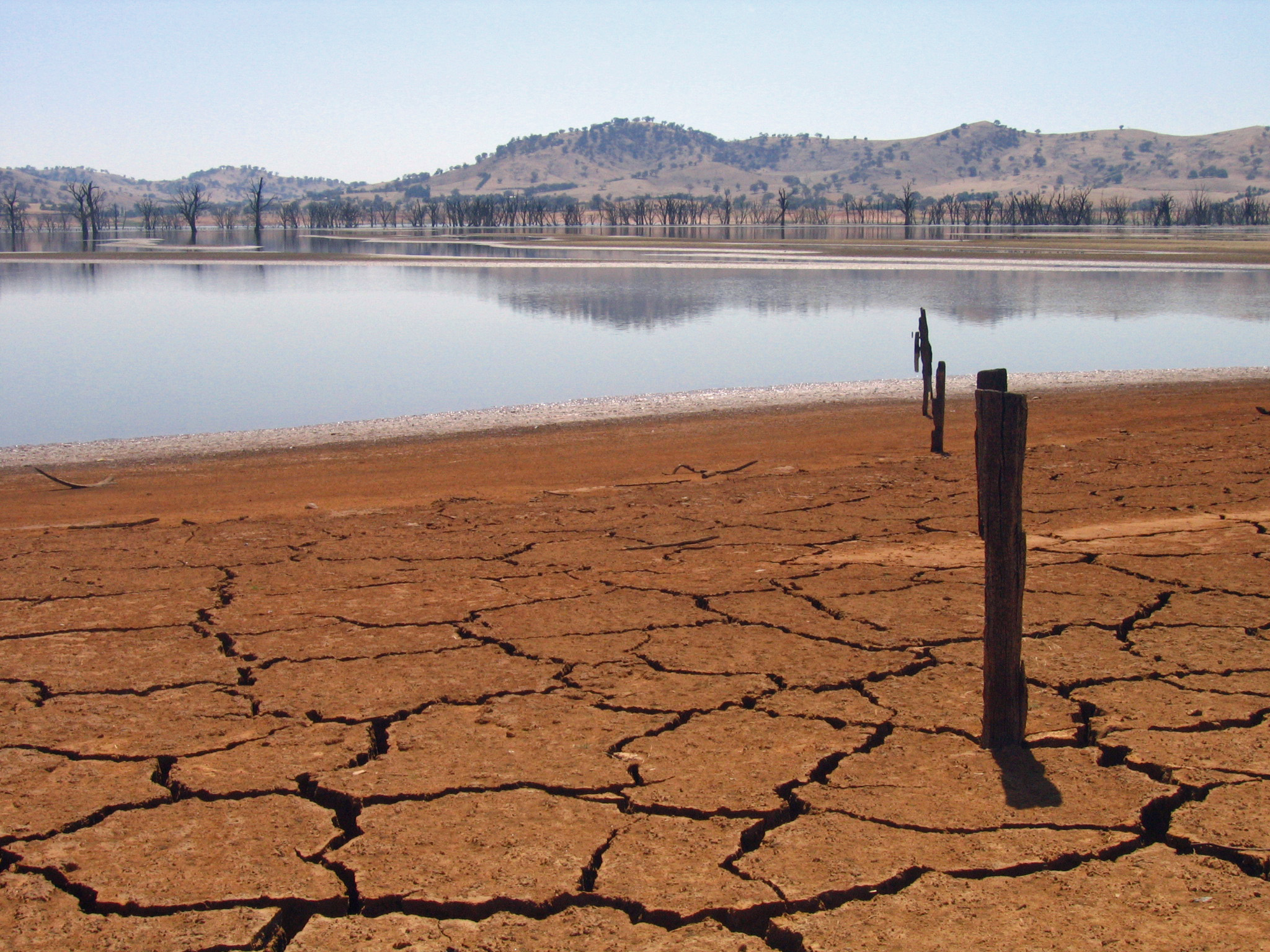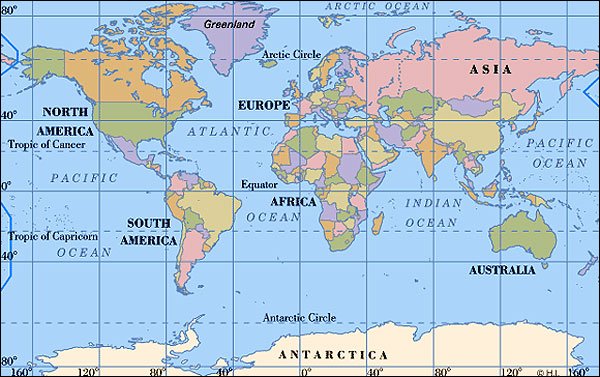Canada, as a founding member of the UN, voluntarily agreed to the Declaration of Human Rights in 1948 and to the International Covenant on Economic, Social and Cultural Rights in 1976, thereby agreeing to uphold its citizens’ rights to access adequate food. In spite of this, the country has failed to provide this right to all of its citizens since it ratified these treaties, especially for citizens living in Canada’s Arctic.
Between 2020 and 2021, approximately one in six Canadians experienced food insecurity. This means they did not have secure physical or economic access to an adequate amount of nutritious and safe food. Levels of food insecurity are rising among all Canadians, but of greater concern is how food insecurity is disproportionately affecting residents in Canada’s Arctic.
The remoteness and lack of modern infrastructure, like all-season roads, contribute to food insecurity in the region. Difficulties with growing food in the northern climate leave residents dependent on imported foods that are often linked to poor health outcomes. The high cost of shipping these goods to the Arctic is exacerbated by the lack of regional ports and airports accessible year round there. In 2019, the average cost to feed a family of four a healthy diet in Northern Canada was nearly 100 per cent more than that of the average Canadian family.
In Inuit Nunangat, the Inuit homelands extending across Nunavut and northern portions of Canada’s Northwest Territories, Quebec, and Labrador, inequalities associated with wealth and health outcomes are even more stark. Indigenous peoples there are experiencing food insecurity at rates that are five to six times higher than the national average; their life expectancies are approximately 10 years lower than the average Canadian; and the median annual income of Inuit residents is approximated to be less than a quarter non-Indigenous people there.
Along with financial constraints, Indigenous peoples in Arctic Canada also struggle to provide themselves with food through traditional means of hunting, fishing, and gathering due to lingering effects of colonialism and the changing climate. Traditional foods are important to Indigenous peoples in social, cultural, and spiritual ways. The legacy of residential schools and other assimilative colonial programs and policies in the North have hampered the intergenerational transfer of Indigenous cultural knowledge, leaving the younger generation less equipped to access traditional food sources than generations before them. Climate change has also changed migration patterns of traditional Indigenous food sources, making it even more difficult for Indigenous peoples in Canada to acquire adequate food for themselves and their families.
The federal government has been aware of food security challenges in Canada’s Arctic since the 1960s. By 1969, subsidized food mail services were offered as far north as the Baffin region in Nunavut to provide food to communities. In the mid 2010s the program was overhauled and the current Nutrition North Canada retail subsidy program came to replace it, aiming to provide 128 isolated communities in Canada’s Arctic with a reliable source of nutritious and perishable food at an affordable cost.
However, food security experts argue that the program is inadequate, as it was never meant to fix food insecurity on its own and food remains unaffordable for many residents of Northern Canada despite the program’s existence. A 2019 study found that the program actually worsened food insecurity in Canada’s Arctic. In the Standing Committee on Indigenous and Northern Affairs of the House of Commons of Canada’s 2021 report on food security in northern and isolated communities, the Committee emphasized the need for the federal government to work closely with territorial and Indigenous partners to redevelop the program and create community-based, tailor-made solutions for food insecurity in Canada’s Arctic.
In 2019, the Government of Canada announced that it would invest over $700 million over the span of 10 years to create infrastructure and develop the Arctic’s economy. The same year, the federal government also began working on Canada’s Arctic and Northern Policy Framework, alongside the country’s three territorial governments, more than 25 Indigenous representatives, and Canada’s provinces of Manitoba, Newfoundland and Labrador, and Quebec. These momentous steps towards meaningfully developing and assisting northern communities in Canada’s Arctic provided hope that the government was finally ready to follow through on its commitment to uphold its residents’ right to adequate food. Yet, the government still continues to fall short of its commitments.
Canada’s promised Arctic policy framework is currently composed of only three chapters about sovereignty and defence, international priorities, and the visions of co-development partners. As climate change continues to melt Arctic sea ice, opening up Arctic shipping routes and access to natural resources in the area, geopolitical tension is rising in the region. Now is the time for the Government of Canada to begin following through with their promises to invest in and care about Canada’s Arctic and its citizens there. Not only are residents’ basic human rights being ignored, but the changing climate now creates more substantial domestic and international threats and opportunities in the Arctic than ever before. With NATO now warning Canada of Russia and China’s aspirations in the Arctic, Canada must create an Arctic strategy to make the region an area where Canadian residents and businesses can safely and happily live and invest, and one which the government has the capability to protect.
The best way for Canada to protect its interests in the Arctic is to strengthen northern communities by developing infrastructure and raising the standard of living in the region. Food insecurity in the North contributes to diminished mental and physical health, and overall well-being of residents there. It also negatively affects educational outcomes in northern public schools, exacerbating wealth inequalities of future generations of Canadians in the Arctic. If Canada wants to protect its territory, its people, and their rights, the country needs to follow through on its overdue promise to create a long-term comprehensive Arctic strategy that addresses food security, as well as national security concerns, in the region.
Photo: Image of Pond Inlet on Baffin Island in Nunavut, Canada via Isaac Demeester on Unsplash, 2020
Disclaimer: Any views or opinions expressed in articles are solely those of the authors and do not necessarily represent the views of the NATO Association of Canada.





